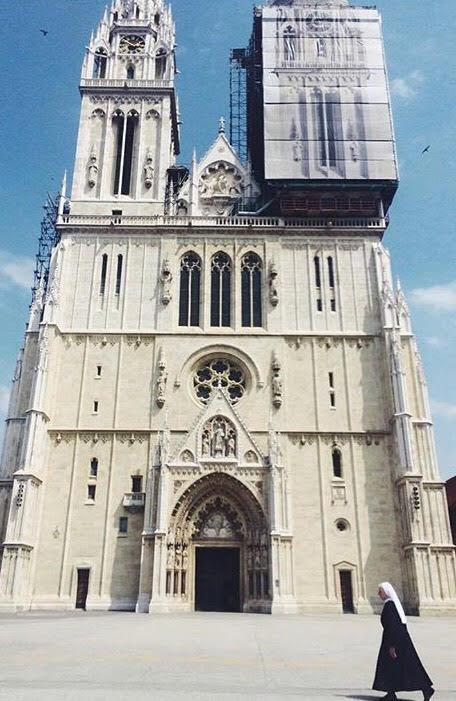
Born in a small Vipava Valley village in 1657, Cussa was artistically minded since his childhood. He went on to study stonemasonry in Venice, then one of Europe’s art capitals, a town unafraid of new creative approaches. After his studies, he returned to the Slovenian Lands and, after hiring several assistants and apprentices, opened a workshop in Ljubljana.
Cussa’s workshop became an immediate success and soon became renowned for the quality of its craftsmanship. Most of its marble was imported from Italy. The workshop’s altars in particular are remarkable for their graceful compositions, and Cussa’s effective use of black and multicolored marble still sets him apart from his contemporaries. In fact, he pioneered the use of black marble – a fashion that was sweeping Italy at the time -- in the Slovenian Lands. Among his many projects, he worked on several doorways in Ljubljana and created the still-impressive main pulpit in the Zagreb Cathedral.
Cussa’s creations left a lasting legacy in the Slovenian Lands. The fame of his workshop encouraged other stonemasons to set up workshops of their own, and statues made in Ljubljana soon spread across the Slovenian Lands and into neighboring Croatia.
Ljubljana’s marble-making tradition lasted for several generations, but tastes eventually changed. With the end of the Baroque era, the demand for marble decorations declined. However, objects from Cussa’s workshop are still found in churches and mansions across Slovenia – a reminder of the golden age of Baroque art in the Slovenian Lands.

































































